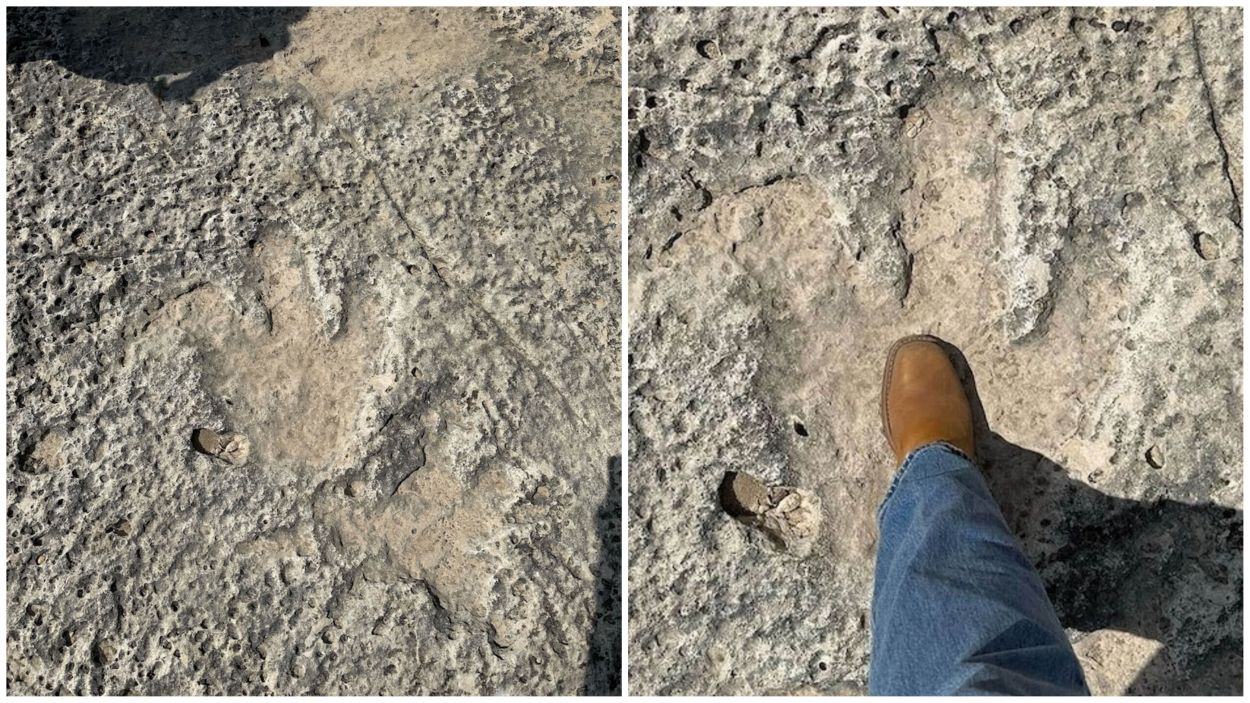In July 2025, devastating floods in the Texas Hill Country claimed 135 lives and led to a remarkable discovery: 15 three-toed dinosaur footprints, over 110 million years old, were found in the Sandy Creek area of Travis County.
The tracks were uncovered by a volunteer cleanup crew, are embedded in the Glen Rose Formation and have garnered interest from the Jackson School Museum of Earth History at the University of Texas at Austin.
Matthew Brown, a vertebrate palaeontologist at the museum, suggests that the 18- to 20-inch footprints likely belong to an Acrocanthosaurus, a bipedal carnivorous dinosaur that stands 35 feet tall. This site gained attention in 1985 when an 18th-century artillery piece was discovered there, underscoring the region’s historical and scientific significance. Researchers are using 3D imaging to determine whether the tracks were made by a single dinosaur or by multiple dinosaurs.
Ancient dinosaur footprints dating back 115 million years were discovered in Northwest Travis County, Texas, after recent flooding swept away layers of sediment and brush that had long hidden them, according to officials. https://t.co/556bvwhdLp
— ABC News (@ABC) August 11, 2025The Glen Rose Formation, famous for its well-preserved prehistoric fossils, has gained additional significance due to a recent discovery. Scientists are actively working to protect the fossilised tracks from flood recovery machinery, aiming to balance disaster cleanup efforts with the preservation of natural history. This discovery highlights how natural disasters can unexpectedly reveal the Earth’s ancient past.
This rare discovery, brought to light by floods, highlights the unpredictable ways in which paleontological treasures can surface. It provides a glimpse into a world over 100 million years old, enhancing our understanding of prehistoric life. Ongoing research could further illuminate dinosaur behaviour and the geological history of the region.






